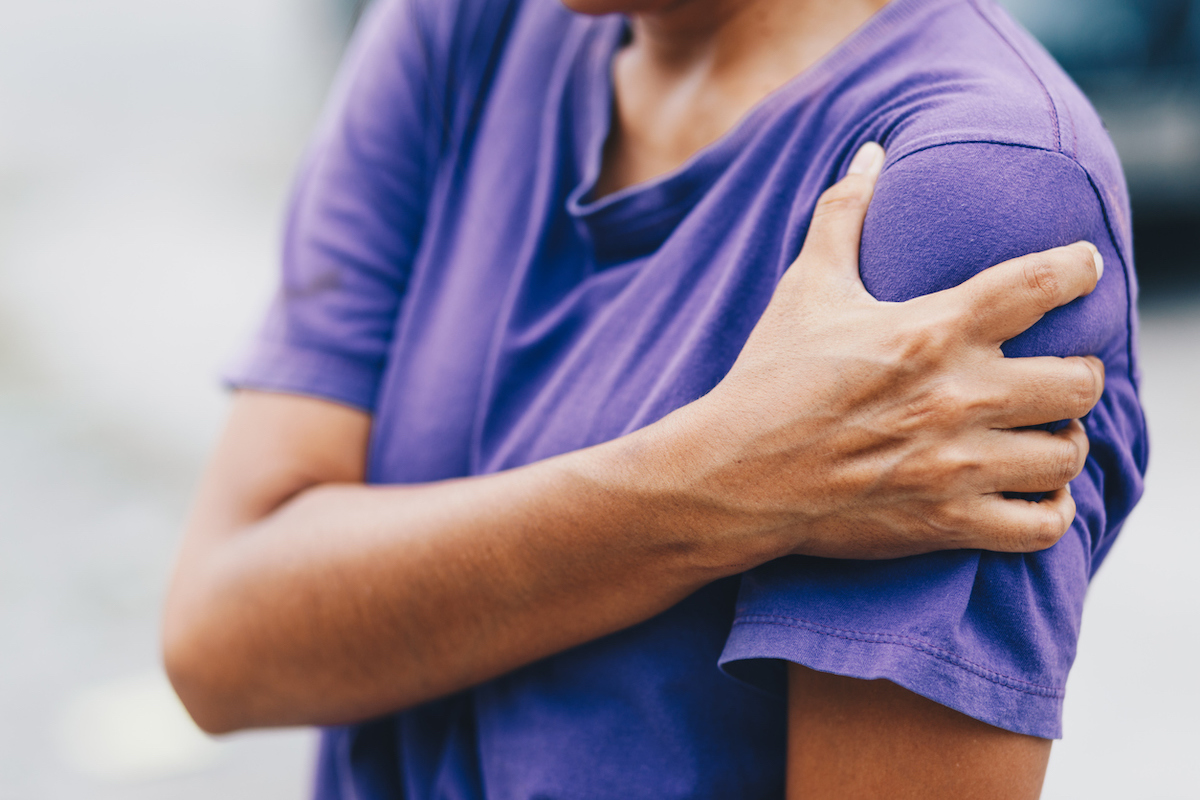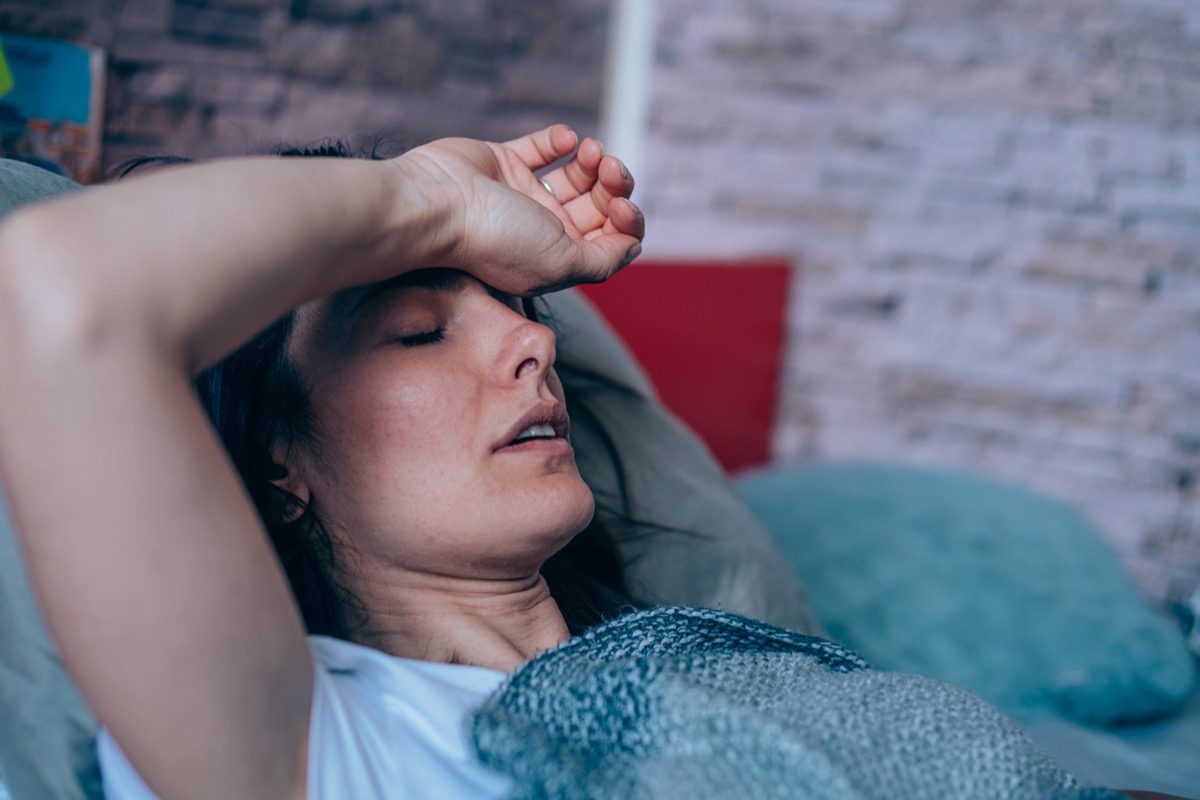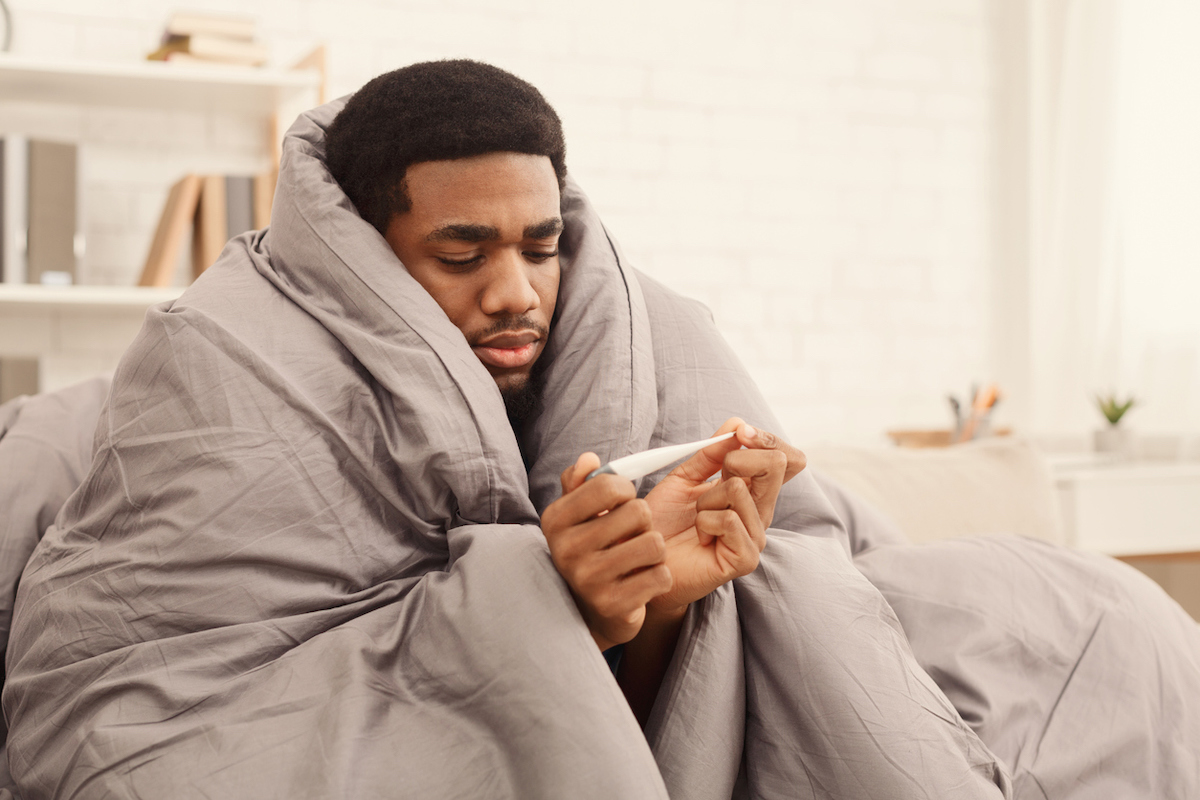In its updated advice, the CDC warns patients that when it comes to the COVID vaccine, “side effects after your second shot may be more intense than the ones you experienced after your first shot.” This supports a study from the U.K. of 40,000 subjects, 12,000 of whom had received both doses of the Pfizer vaccine. After the first shot, 37 percent of recipients reported local side effects, including pain or swelling near the site of the injection, and 12 percent reported at least one whole-body side effect in the days following their shot. After the second dose, these numbers rose to 45 percent and 22 percent respectively. And for more on how the vaccine may affect you, check out If You’re Over 65, the CDC Says to Expect This After Your COVID Vaccine. The CDC’s new warning also states that “side effects are normal signs that your body is building protection.” As Thaddeus Stappenbeck, MD, chairman of the Department of Inflammation and Immunity at Cleveland Clinic’s Lerner Research Institute, explains, when your body is introduced to a new virus in the form of a messenger RNA vaccine, like the Pfizer or Moderna jabs, “the cells start making a spike protein, so your body thinks your muscle cells are massively infected with the coronavirus. Because of this, your body will try to fight off the simulated infection in the cells. That’s what causes some of the inflammation that people experience.” As your immune system kicks in to fight off what it thinks is an “infection” and generate antibodies very fast, Stappenbeck says “that’s what can cause sore arms, fevers or muscle aches–your innate immune system going kind of crazy.” And for more COVID news sent right to your inbox, sign up for our daily newsletter. Because the first dose has trained your immune system to recognize the new infection, when you receive your second dose, your body is primed to respond more aggressively and fight off the infection.ae0fcc31ae342fd3a1346ebb1f342fcb Bill Moss, MD, a professor of infectious disease epidemiology at the Johns Hopkins Bloomberg School of Public Health, recently told Today that “the second dose is really like a booster dose. The immune system is seeing the vaccine for the first time with the first dose and is reacting to that.” He added, “So when the body’s immune system sees [the vaccine] a second time, there are more cells and there’s a more intense immune response, resulting in those side effects.” As for what it means if you don’t have this experience, check out This Is What It Means If You Have No Vaccine Side Effects, Doctors Say. As the CDC explains, this immune response most commonly manifests at the actual injection site as pain, redness, or swelling. It can also present throughout the rest of the body with side effects like tiredness, headache, muscle pain, chills, fever and nausea. Most of these vaccine side effects can be dealt with by staying cool and well-hydrated, applying a cool wet cloth to the affected area, or using over the counter pain relievers. However, it is not recommended by the CDC that you take pain relievers or antihistamines before your appointment preventatively because “it is not known how these medications may affect how well the vaccine works.” However, the agency adds, “if you take these medications regularly for other reasons, you should keep taking them before you get vaccinated.” The CDC also notes that your side effects “should go away within a few days,” but if that’s not the case, call your doctor. And for more on what you shouldn’t be doing even after your second shot, check out Dr. Fauci Just Said to Avoid This One Place, Even If You’re Vaccinated.



